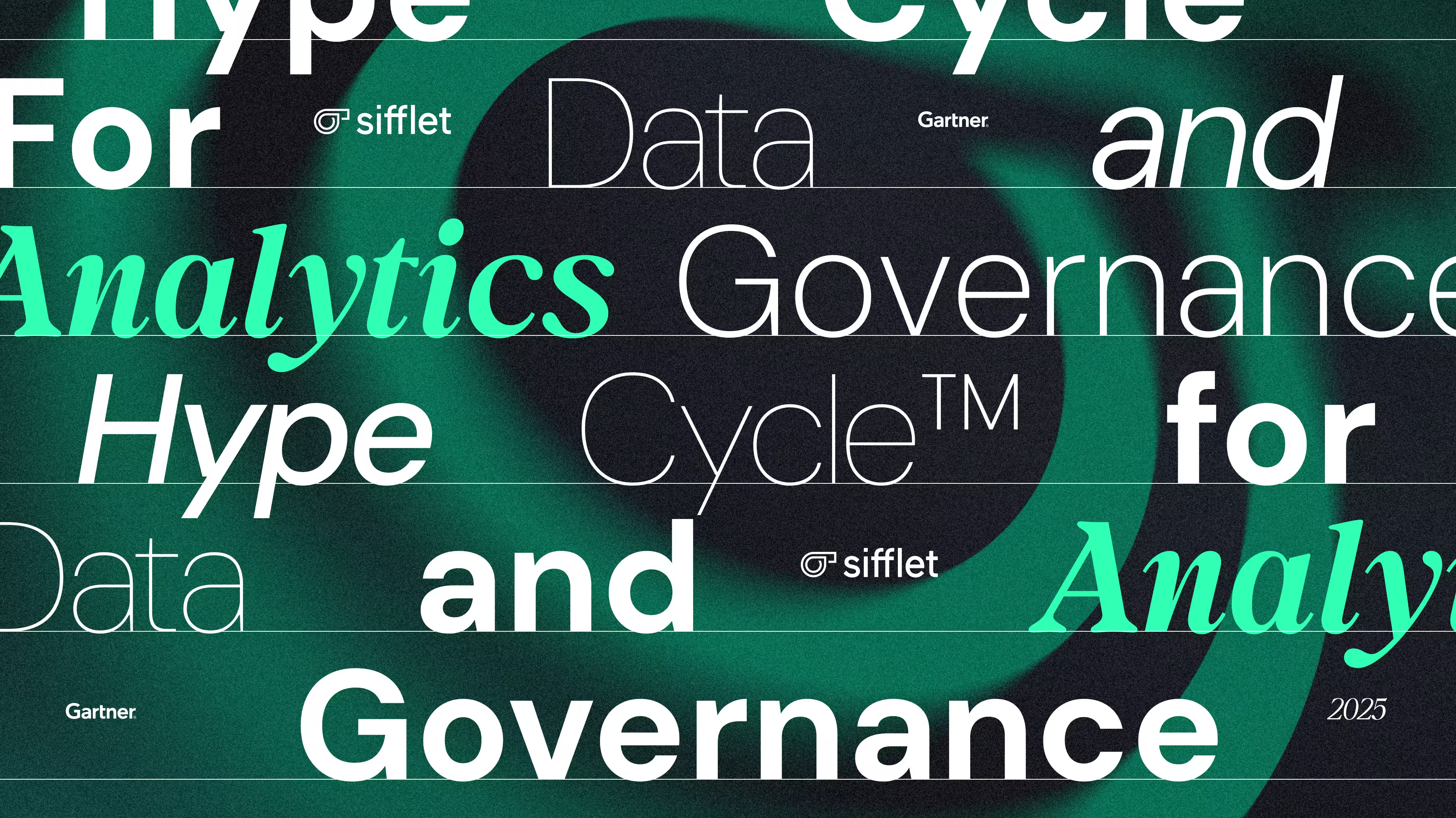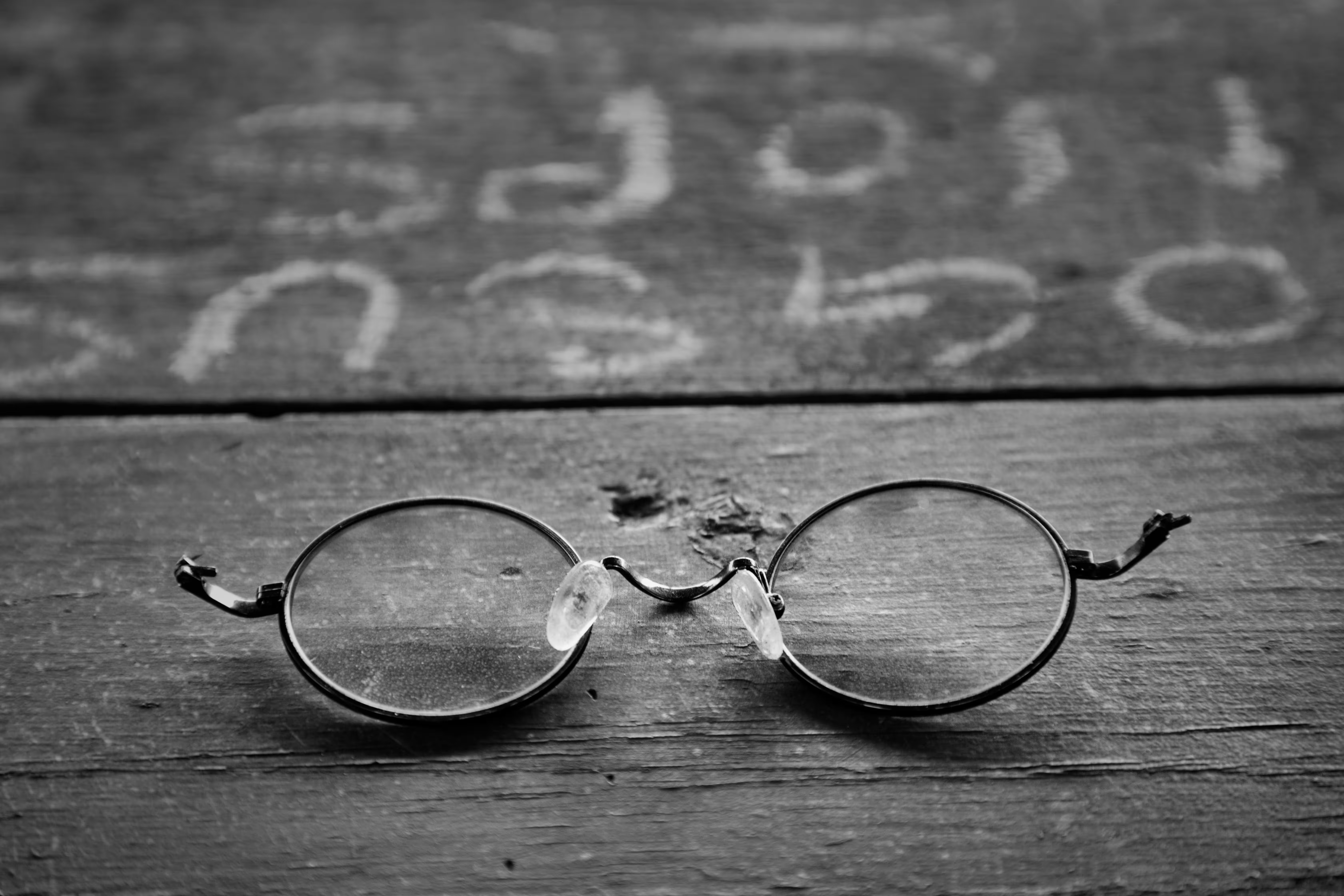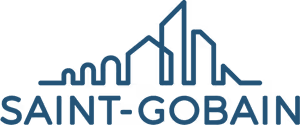Insurance runs on trust and speed. Get both with full visibility into your data.
Stay compliant, accelerate claims & stop fraud with full visibility into your data















The Data Complexity Challenge in Insurance
Insurance companies manage vast amounts of sensitive data across multiple systems, formats, and regulatory frameworks.
Without complete visibility, critical business processes suffer.
Regulatory Compliance Risks
Meeting NAIC, state insurance commission requirements & federal regulations demands flawless data accuracy.
Manual validation processes are time-consuming and error-prone, leaving organizations vulnerable to compliance violations and penalties.
Actuarial Model Uncertainty
Risk pricing and reserve calculations depend on clean, reliable data.
Data quality issues in historical claims data can skew actuarial models, leading to mis-pricing and increased financial risk.
PII Data Security Concerns
Managing sensitive personal information across multiple systems increases privacy risks.
Without proper data governance visibility, it's challenging to ensure PII compliance and prevent data breaches.
Data Observability Transforms Insurance Data Operations
Sifflet empowers insurance leaders to detect issues proactively, ensure data reliability, and unlock operational excellence, across every policy, claim, and customer interaction.
Automated Regulatory Compliance Monitoring
The challenge: Insurance companies spend weeks manually validating data for regulatory reports. With hundreds of data points across multiple systems, errors slip through, risking compliance violations and costly penalties from state insurance commissions.
The Sifflet edge: Sifflet automatically monitors all regulatory data pipelines in real-time, catching anomalies before they reach compliance reports. Pre-built validation rules for NAIC requirements ensure your data meets regulatory standards every time.
- Automated NAIC data validation with pre-configured rules
- Real-time alerts for compliance-critical data issues
- Complete audit trails ready for regulatory examinations

Accelerated Claims Processing
The challenge: Claims adjusters waste hours investigating data discrepancies between policy systems and claims platforms. Missing or inconsistent data delays settlements, frustrates customers, and increases operational costs.
The Sifflet edge: Complete visibility into your claims data pipeline from FNOL through settlement. Sifflet identifies data quality issues upstream, preventing delays and ensuring adjusters have reliable information for faster decisions.
- End-to-end claims data lineage with instant issue tracking
- Cross-system consistency validation (policy ↔ claims ↔ payment)
- Predictive alerts prevent processing delays before they occur

Enhanced Fraud Detection Accuracy
The challenge: Fraud detection models rely on data from multiple sources that often contain inconsistencies. Poor data quality creates blind spots, allowing fraudulent claims to slip through while flagging legitimate claims incorrectly.
The Sifflet edge: Sifflet ensures fraud detection models receive clean, consistent data by monitoring all input sources in real-time. Advanced data profiling catches subtle inconsistencies that could compromise fraud scoring accuracy.
- Real-time monitoring of fraud model input data quality
- Cross-reference validation across claims, policy, and external data
- ML model drift detection when data patterns change

Reliable Actuarial and Risk Modeling
The challenge: Actuaries spend months cleaning historical data for pricing models, only to discover quality issues after models are built. Unreliable data leads to mis-pricing, inadequate reserves, and increased financial risk.
The Sifflet edge: Comprehensive data quality monitoring across all actuarial data sources. Sifflet validates historical claims patterns, policy data consistency, and external risk factor reliability, giving actuaries confidence in their models.
- Historical data validation with trend analysis for outlier detection
- External data source reliability scoring and monitoring
- Automated data quality reports for actuarial model documentation


Enterprise Security
SOC 2 Type II certified with advanced encryption and access controls. Purpose-built to handle sensitive PII data with the security standards insurance companies require.

Seamless Integration
Connect to your existing policy systems, claims platforms, and data warehouses without disruption. Pre-built connectors for major insurance software providers.
Scalable Architecture
Handle millions of policies and claims records with enterprise-grade performance. Scale monitoring across all lines of business from personal to commercial insurance.
Looking for more?

Gartner® Hype Cycle™ for Data and Analytics Governance.
Get access to the 2025 Gartner Hype Cycle for Data & Analytics Governance and discover why Data Observability and AI governance are reshaping how modern organizations manage data trust, compliance, and agility.
.avif)
The No-Nonsense Checklist for Data Observability Buyers
Cut through the buzz and download this (really) free checklist that helps you pick a data observability platform that pays off in speed, trust, and measurable impact.

Data Observability, Five Years In: Why the Old Playbook Doesn’t Work Anymore
Five years ago, data observability was a novel concept, mostly reactive and tailored for high-scale tech companies. That worked for a while, but not anymore.
Every inaccurate record increases your exposure
Sifflet helps you protect what matters: pricing, reserves, and compliance.
Prevent bad data from becoming your next risk event.



































-p-500.png)
